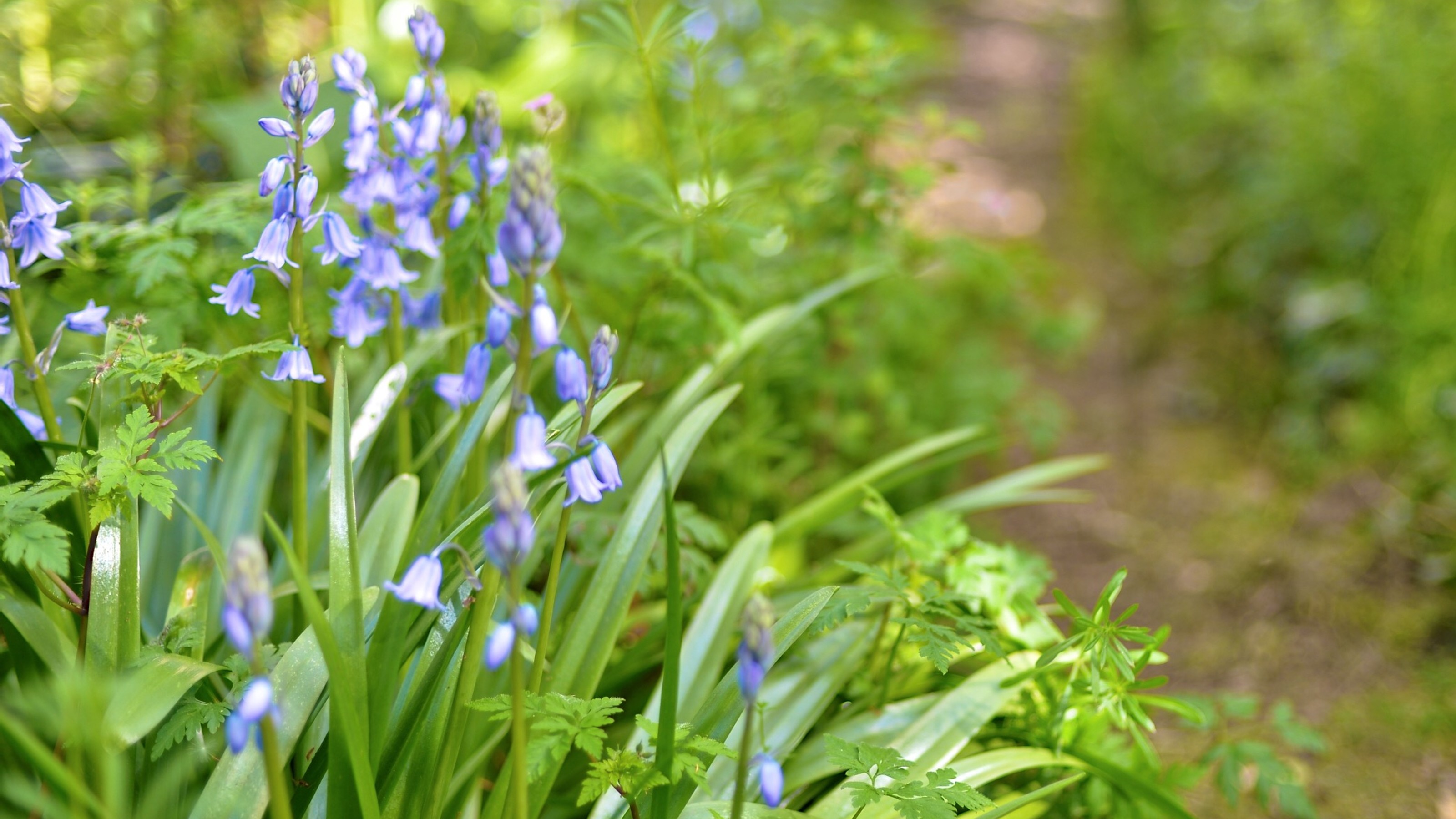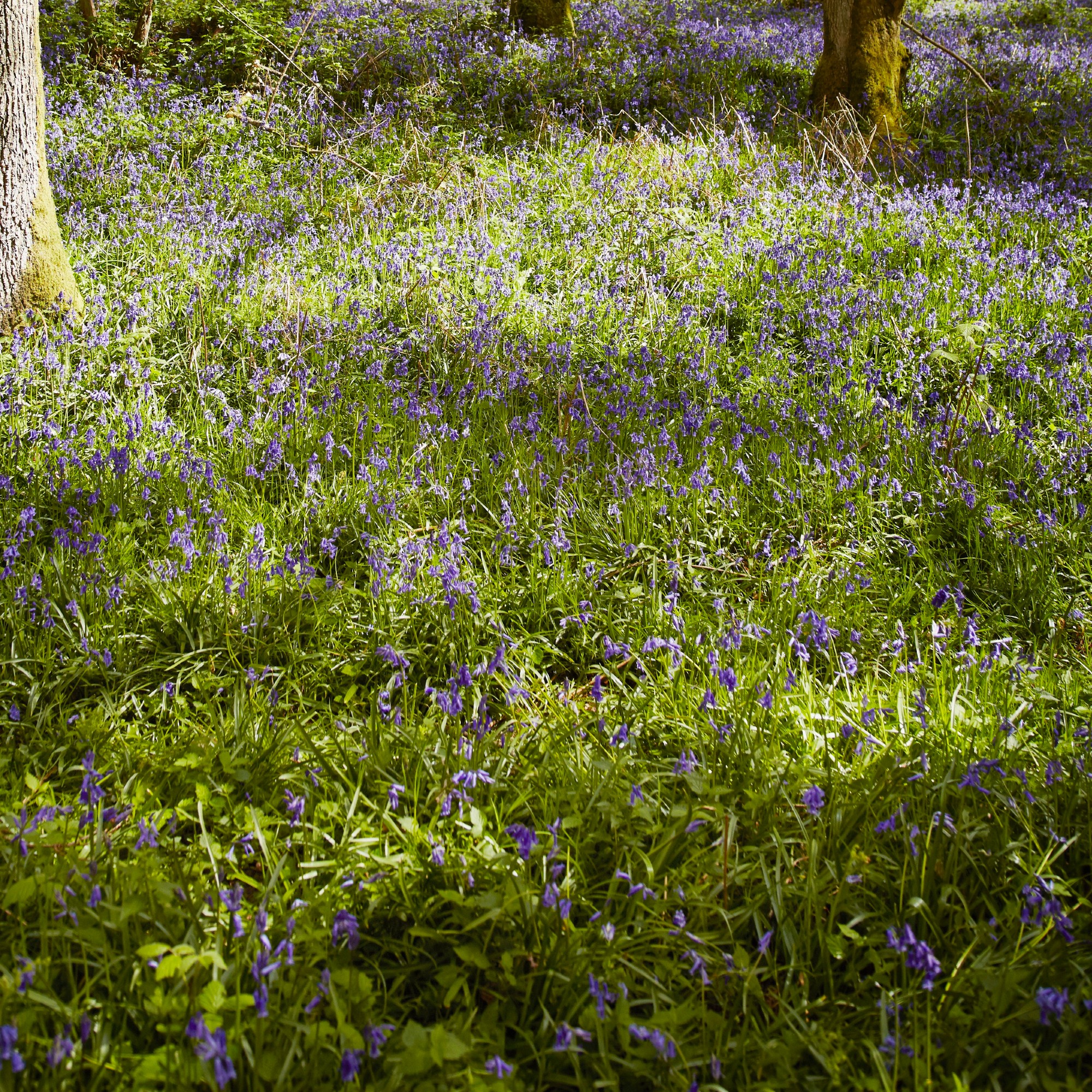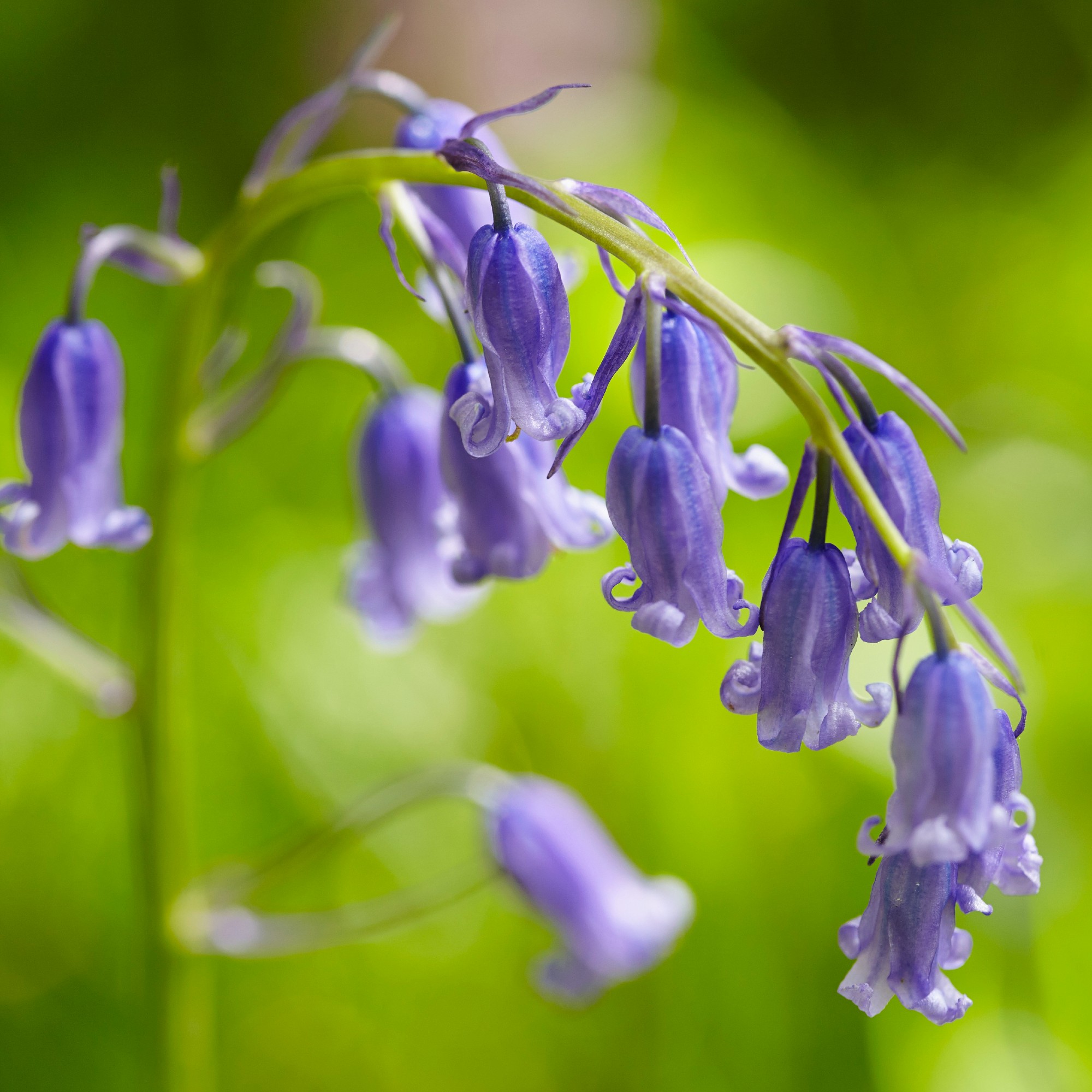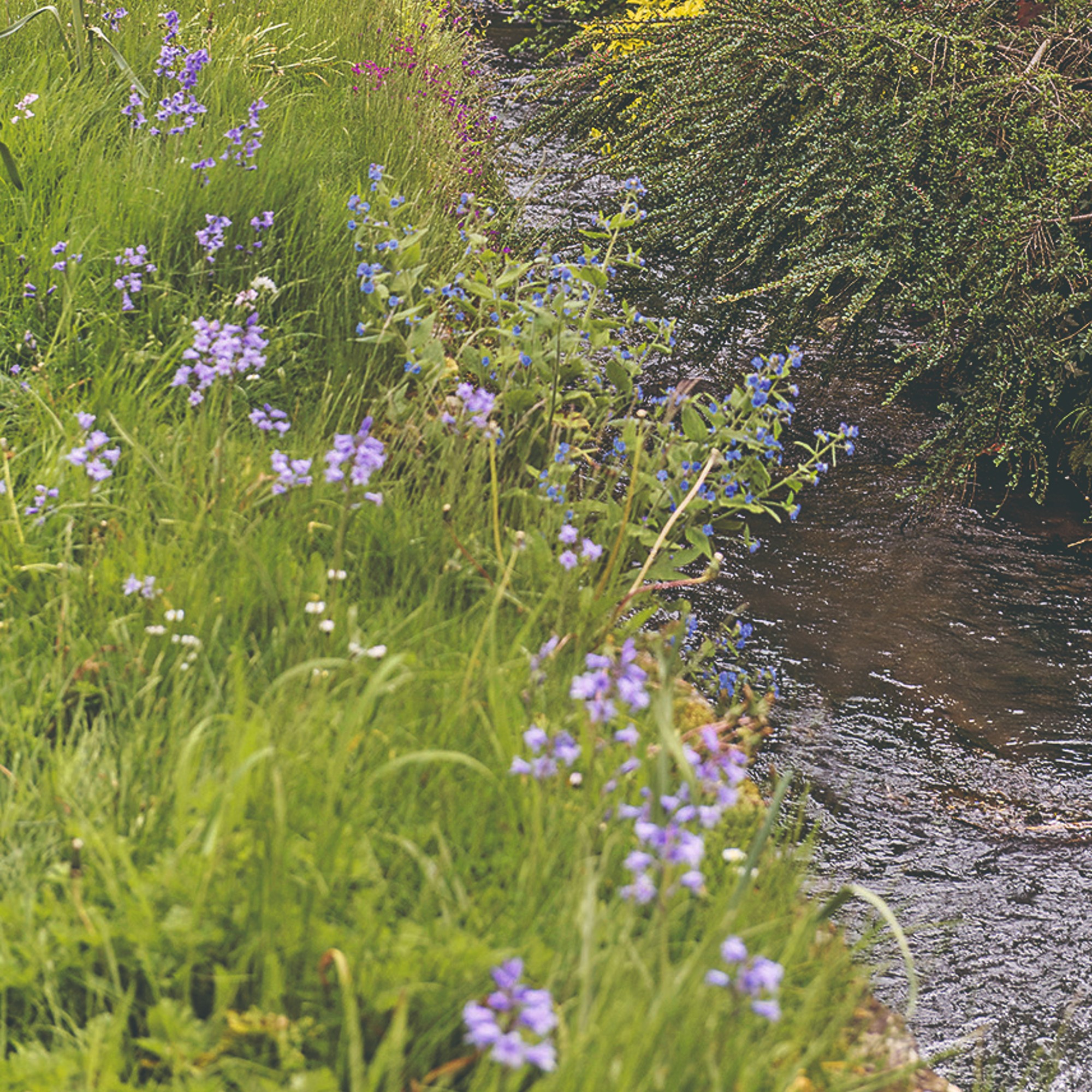What to do with bluebells after flowering to ensure their pretty blooms keep adorning your garden year after year
The fool-proof guide to post-flowering bluebell care


EDITOR’S NOTE: An earlier version of this article included a quote from a purported expert whose credentials we have not been able to verify. The quote has been removed. We regret this lapse in our verification process and have updated our internal protocols to reduce the risk of recurrence.
In recent weeks, many have found their gardens blooming with bluebells to their surprise sparking something of a craze for these dainty blue flowers. So if you have bluebells in your garden ( intentionally or accidentally!) and want to keep it that way over the years to come, you will need to know what to do with bluebells after flowering to make sure they stay healthy and keep coming back.
These delicate blooms are not only pretty to look at but they are also an essential British wildflower that provides nectar for local pollinators during springtime. So whether you’ve figured out how to plant bluebell bulbs and started growing them intentionally or they've spread to your outdoor space through their seeds, we recommend keeping them there.
knowing what to do with them after they finish flowering is an important part of bluebell care. Doing the wrong thing could end up killing off your pretty and sweet bluebells. So this is what we recommend...

What to do with bluebells after flowering
Similarly to what to do with daffodils after flowering, caring for bluebells after they finish flowering is an exercise in patience. They usually finish blooming and start dying off around early May, enjoying their peak during April and the start of May, depending on the weather.
When they are past this stage, their spent flowers can be deadheaded almost straight away so they stop directing energy into making seeds.
This will also prevent the plant from spreading through the seeds to areas of your garden where you don’t want bluebell growth.

Leave the foliage as is
But when it comes to the leaves, that’s a whole different story as they should be left intact until they wilt on their own, as is the case with what to do with tulips after flowering.
Sign up to our newsletter for style inspiration, real homes, project and garden advice and shopping know-how
‘Leave the bluebells’ foliage as it is instead of cutting it off,’ says Petar Ivanov, Fantastic Gardeners' gardening expert. ‘This way, by the time the leaves die, they’ll gather strength through photosynthesis and this will allow them to re-grow healthier in the future. Also, if they’re on your lawn, avoid mowing it until they’ve completely died off.’
You'll know the leaves have died as they become slimy and easy to remove.
For this, it’s recommended to wear garden gloves like these ones from Amazon since bluebells can sometimes irritate skin.

Petar Ivanov is one of the company's top-performing experts and manages over six teams of gardeners, delivering stunning landscape results and fostering a deep connection with nature through his work.

FAQs
Should I pull up dead bluebells?
‘It’s not necessary to pull dead bluebells up unless you don’t want them to regrow the next year. You’ll only need to deadhead their spent flowers if you want to prevent them from spreading their seeds,’ Petar explains.

Do bluebells come back every year?
Bluebells are a perennial plant so if you follow the tips here, they will keep coming back every spring to decorate your garden with their beautiful blue blooms.
With this advice there is no reason why your bluebells shouldn’t come stronger and better next year and the one after that.

Sara Hesikova has been a Content Editor at Ideal Home since June 2024, starting at the title as a News Writer in July 2023. She is now also the Ideal Home Certified Expert in Training on Furniture, and so far has tested over 150 different sofas.
Graduating from London College of Fashion with a bachelor’s degree in fashion journalism in 2016, she got her start in niche fashion and lifestyle magazines like Glass and Alvar as a writer and editor before making the leap into interiors, working with the likes of 91 Magazine and copywriting for luxury bed linen brand Yves Delorme among others.